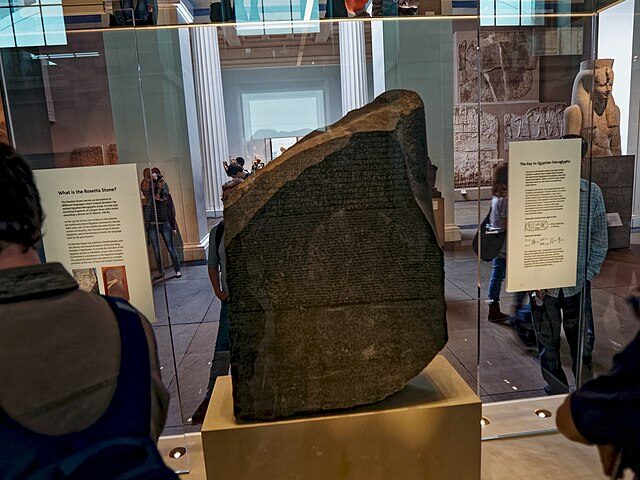On December 31, 1600, Queen Elizabeth granted a Royal Charter that changed the world. The East India Company was established by a group of English merchants who aimed to monopolize English trade with all countries east of the Cape of Good Hope and west of the Straits of Magellan for 15 years. The Queen granted the exclusive right in the hope that they could break the Dutch and Portuguese monopolies on the spice trade, asserting English presence in the lucrative markets of the East.
The company’s first voyage was led by James Lancaster in 1601, setting sail towards the East Indies to secure trade agreements and establish factories, which were the company’s trading posts. These early voyages were fraught with peril, from battles with rival European powers to the challenges of navigating uncharted waters. Despite these difficulties, the East India Company successfully established its first factory in Bantam, Java, in 1603, and went on to set up additional factories in various parts of India, including Surat, Madras (now Chennai), Bombay (now Mumbai), and Calcutta (now Kolkata).
The East India Company’s initial focus was on the spice trade, particularly in pepper and nutmeg. However, as the company grew in power and influence, its trade diversified into a wide range of goods, including silk, cotton, tea, and opium. The company’s activities were not limited to trade alone; it also wielded political power and had its own armed forces. Over time, the company played a significant role in shaping the political landscape of the Indian subcontinent, acting as an agent of British imperialism and eventually becoming the de facto ruler of large areas of India.
Through its trading posts and maritime activities, the East India Company became a dominant force in India. It established footholds along the coast and gradually evolved from a trading entity into a significant political and administrative power. The Company’s rule in India, often characterized by a blend of trade, diplomacy, and military prowess, lasted for over two centuries, exerting immense influence over local affairs and economies.
The Company’s ascendancy in India was marked by various milestones, including the Battle of Plassey in 1757. This battle, where Robert Clive secured a decisive victory over the Nawab of Bengal, marked a turning point, granting the Company significant control over Bengal and laying the foundation for its territorial expansion. The Company’s policies often faced criticism due to exploitative practices, such as the imposition of heavy taxes and the manipulation of local rulers for economic gains.
However, the Company’s growing power and controversies led to increased scrutiny in Britain. Concerns over mismanagement, corruption, and the oppressive rule in India prompted the British government to take steps to curb the Company’s authority. Eventually, in 1858, following the Indian Rebellion of 1857, the British Crown assumed direct control over India from the East India Company, marking the end of its rule and paving the way for the formal establishment of the British Raj.
The governance of the East India Company was structured around a Court of Directors in London, which made decisions on policy and strategy, and a Court of Proprietors, which consisted of shareholders who invested in the company’s ventures. The company’s operations in the East were managed by agents and governors who oversaw the day-to-day affairs of trade and administration. The company’s power was such that it had the ability to coin money, make war and peace, and exercise civil and criminal jurisdiction over the territories it controlled.
In 1874, the East India Company was officially dissolved. Its legacy, however, remains a complex and controversial part of history, with its impact on trade, politics, and culture still felt across the former British Empire and beyond.






